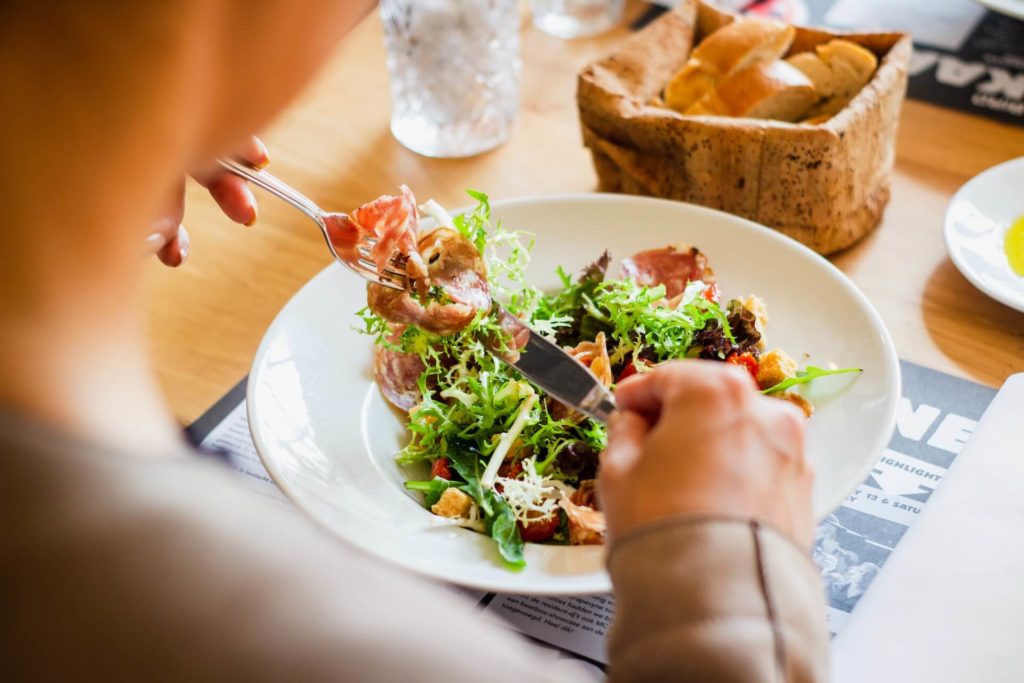In our fast-paced world, it’s often difficult to find the time to eat mindfully. We’re always on the go, and it seems like there are never enough hours in the day. However, cooking and eating with awareness can have a lot of benefits for both your physical and mental health. In this blog post, we’ll discuss some of the benefits of mindful cooking and eating, as well as some tips for how you can get started!
Mindful cooking is all about taking the time to appreciate and savor the flavors, aromas, colors, and textures that you experience while preparing your meal. Mindful eating involves being aware of how much food you are consuming, noticing how it tastes and smells, and understanding how it makes you feel. It’s about cultivating an appreciation for food as nourishment for both your body and mind.
When you practice mindful cooking and eating on a regular basis, there are many benefits that can help to improve your overall wellbeing. Firstly, by focusing on the present moment when eating or cooking, you can become more in tune with your senses and be less distracted by thoughts of the past or future. This helps to reduce stress levels and increase mental clarity. Additionally, mindful eating can help you to become aware of how certain foods make you feel and can help to prevent overeating.
You don’t need to take any classes or courses in order to start being mindful when cooking and eating. All it takes is a bit of dedication and practice. To get started, try easing into this practice by taking a few moments before each meal to pause, breathe deeply, and really focus on the food that’s in front of you. Notice the colors, aromas, flavors, and textures that your dish contains.
If you’re looking for some inspiration to get you started with mindful cooking, there are plenty of recipes out there! Try something like an Indian-style khichdi that combines lentils, basmati rice, and a variety of spices for a hearty and flavorful dish. Or make a comforting bowl of miso soup with fresh vegetables, seaweed, tofu, and shiitake mushrooms.
Mindful eating can be practiced even if you’re not alone. If you’re out to eat or have to pick up some fast food, use this as an opportunity to really tune into how these foods make you feel. Ask yourself questions like “Does this food energize me?” or “What is the texture like?” You can even encourage others at the table to join in on the mindful eating practice by discussing what flavors they are experiencing or asking them questions about the dish.
By taking the time to be mindful when cooking and eating, you can reduce stress levels and become more in tune with your physical and mental wellbeing. Remember that it takes practice, but with dedication you can start to reap the benefits of mindful cooking and eating!












